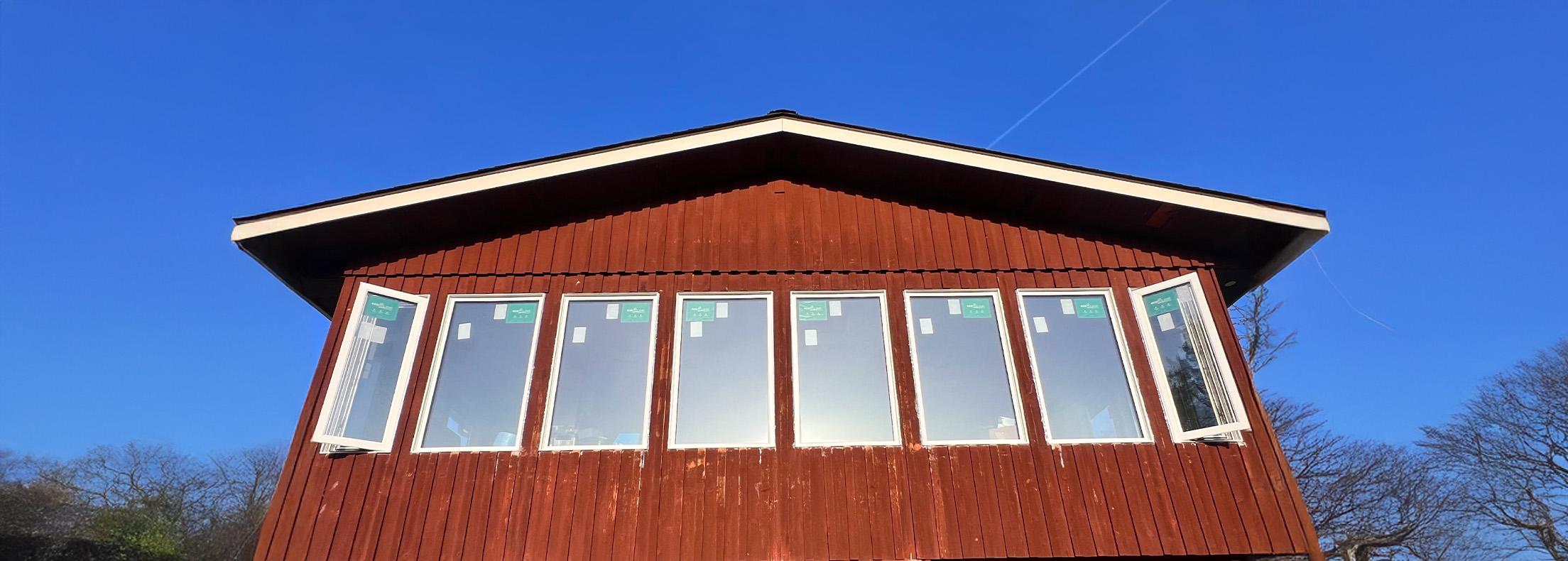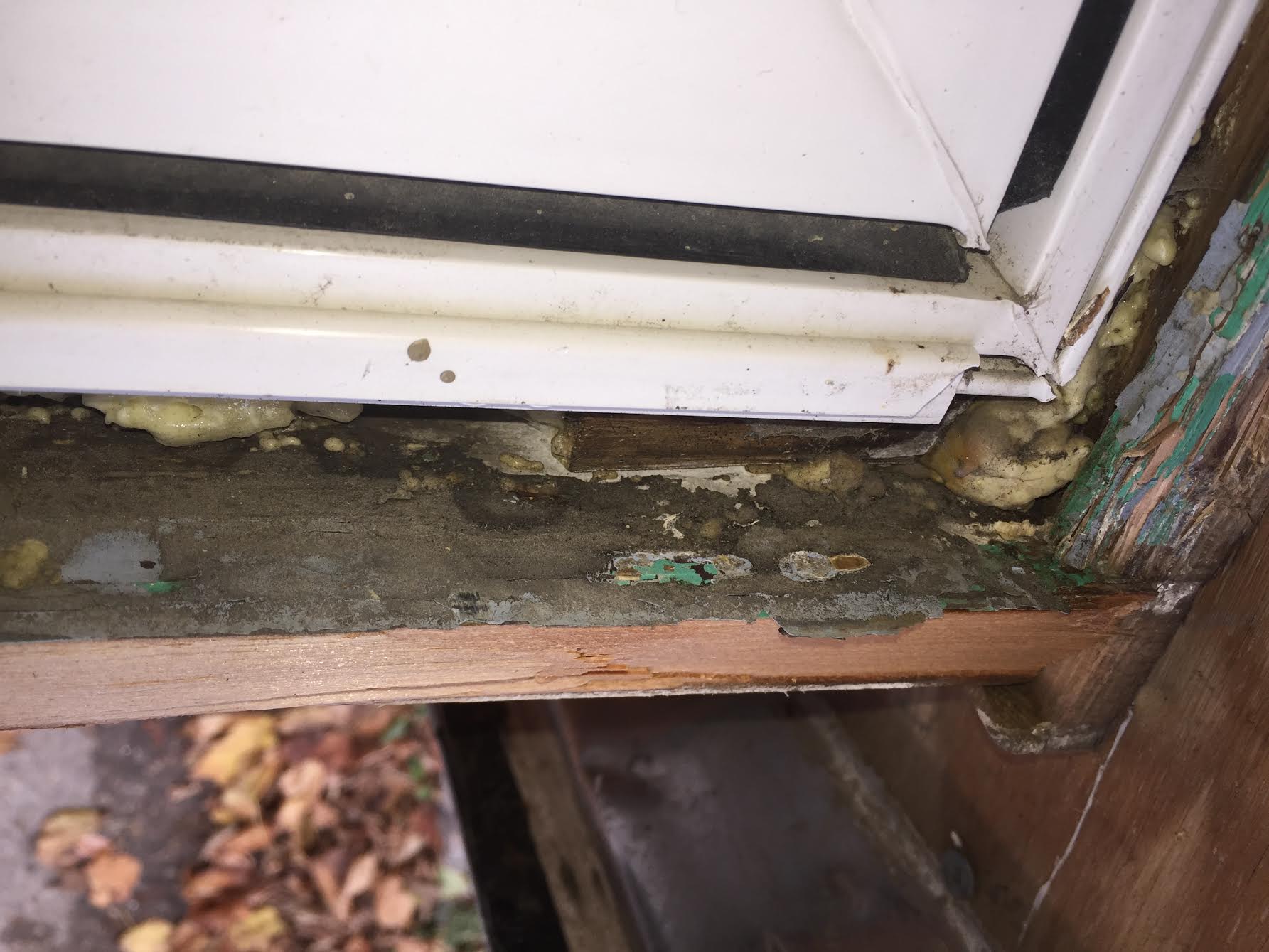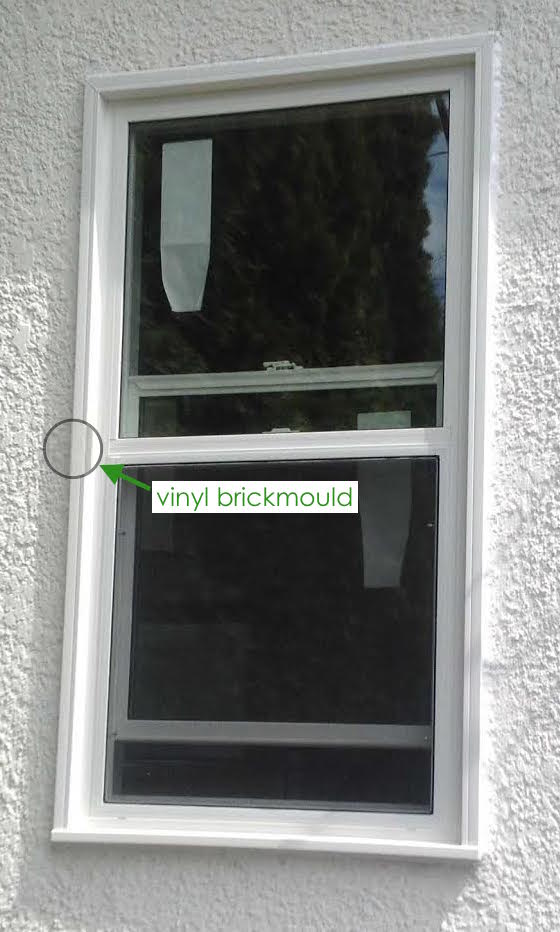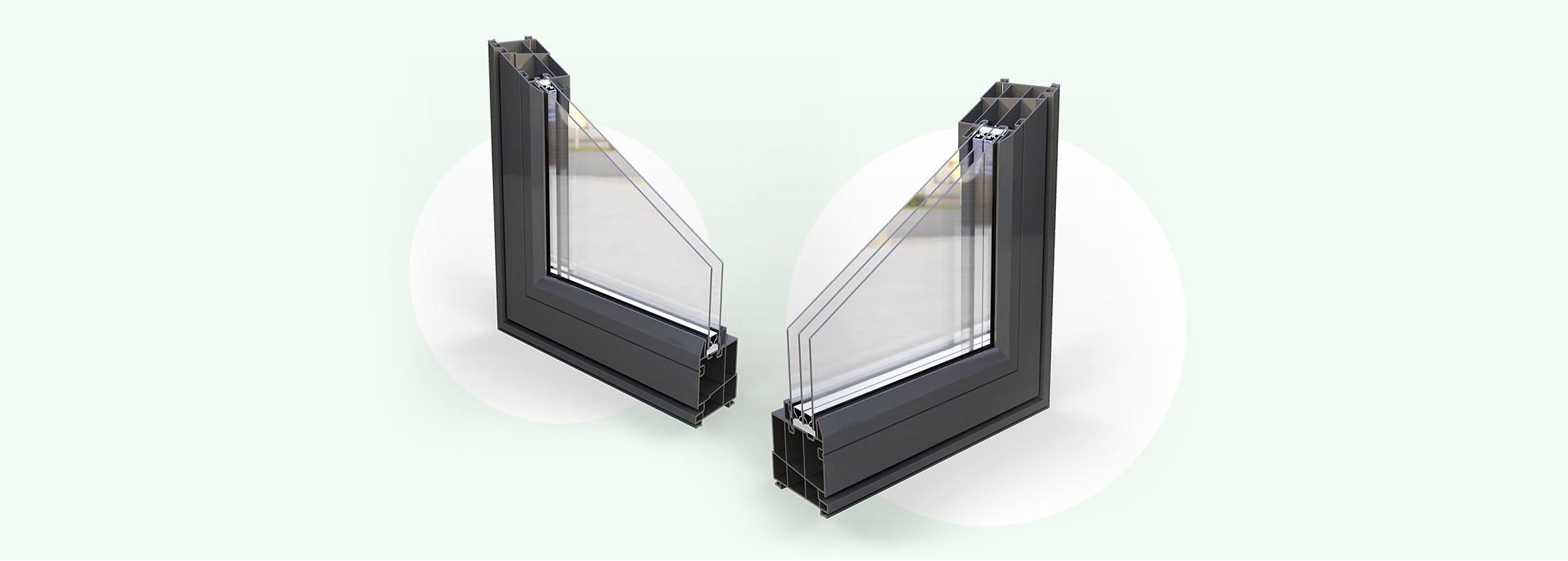

Sealed Unit vs Full Window Replacement: Which Is Right for You?
Sep 20, 2024
6 min read
3709
Frequently when homeowners decide to get a window replacement it is directly because of problems with the sealed unit.
For those that don’t know, a sealed unit is the smaller frame inside your window that holds the glass panes together. In modern custom windows, sealed units are often filled with the gas – Argon or Krypton – between the panes for better performance and energy efficiency.
Problems with the sealed unit are often the most recognisable:
- drafts at the edges of the glass
- cracks in the glazing,
- or severe condensation on the window.
But while a faulty sealed unit might be contributing to energy loss through your window, it is usually a part of a bigger problem. Thus replacing the insulated glass unit may only delay a future window replacement, as opposed to solving the whole problem.
In the end, many homeowners end up opting for a full-frame window replacement after spending money on failed sealed unit repairs, mistakenly believing it would restore the window’s quality and energy efficiency. Let’s explore why this approach often falls short.
Replacing Sealed Window Units Doesn’t Address Problems In the Frame
Sealed units get put into the existing frames. The condition of your frames may or may not be ideal, but the point is, it is often hard to tell without removing the entire window. Problems with leaks and drafts are often concurrent with issues like rotten frames and moisture damage in the insulation around the window or wall structure at large.
Putting in new sealed units doesn’t interfere with the frame, and, therefore, may be just a cosmetic solution if the frame is no longer sealed off properly. Of course, this greatly depends on the condition and the original material of your frames. Homeowners with older wood frames are often satisfied with just a sealed unit repair as their frames are made from higher quality wood and have shown little to no signs of deterioration.
But a full-frame window replacement properly addresses all the problems in the structure and ensures your new windows are properly sealed from the outside.

Sealed Unit Replacement Leaves Your Windows with a Sub-par Exterior Finish
Most sealed unit replacements or retrofit installations use aluminum cladding for the outside finish. Aluminum cladding is bent and placed on top of the existing wooden frames on the outside. When done properly, the cladding seals the wood off from the outside elements. As the frame warms up underneath the aluminum on a warm day, the moisture leaves the wood.
However, because it isn’t allowed to evaporate it is often trapped on the surface underneath the aluminum. Over time, this only contributes to rotting and moisture damage in the frames of your windows. While you may have had perfectly normal wooden frames at the time of your sealed unit replacement, this may not be the case several years down the road, forcing you to replace the window again.
With a full frame window replacement, the exterior frame is removed and a vinyl brickmould is used instead. Because vinyl doesn’t deteriorate or rot, it is a far superior material to use for external finishes and will last much longer than aluminum cladding or existing wooden brickmoulds.

Sealed Window Glass Replacement May Not Be An Upgrade For Energy Efficiency
Because older windows have a much thinner profile than new vinyl windows, it is almost always impossible to put in a better performing sealed unit into the existing frames.
If you are considering just a sealed unit replacement, you’re practically limited to a double pane option. Triple pane units are usually too wide to fit into standard wood or aluminum windows. Even when it comes to a double pane sealed unit, you may be hard pressed to find one that is narrow enough to fit into your window. This again depends on your existing window material and dimensions.

With new windows, however, you get the option of just how many panes you want because the window will be manufactured custom with the precise measurements. And even if you’re getting new windows, don’t feel pressured to go for the triple pane option. There are plenty of add-ons like LoE coatings, gas fills, and insulation foam to maximise the efficiency of your double-pane windows and make it comparable to standard triple pane units.
Replacement Sealed Window Units Prices Can Equal New Windows
Because there are companies that specialise in sealed unit replacements, they also charge accordingly, to make it worth their while. If you are considering replacing just the sealed unit, contact the manufacturer of your existing windows first, as window companies usually replace their own sealed units for a fraction of the cost that a specialty company would charge.
- Going the sealed unit replacement route can cost you anywhere between 500-1000$, which depending on the size of the opening can be the same price as a new window with new jambs, brickmoulds, and casings.
That isn’t to say that sealed unit replacements don’t work for everyone. Quality wood frames can long outlive the glass they house. But most homeowners go after sealed unit replacements hoping to save money when in reality it ends up being a band-aid solution for a window replacement they end up doing five years down the road.
Ultimately you’re better off ensuring your windows don’t let any moisture or drafts in through frames first, and only then worry about how well the glass is keeping the cold out.
1750 Coast Meridian Rd #102,
Port Coquitlam, BC V3C 6R8
100, 17866 106A Avenue,
Edmonton, AB, Canada,
T5S 1V3
3307 Dunmore Rd SE #12,
Medicine Hat, AB,
Canada, T1B 3R2
2081 Merivale Rd #201, Ottawa, ON, Canada, K2G 1G9
by appointment only
109 Ilsley Ave Unit #3, Dartmouth,
NS, Canada, B3B 1S8










